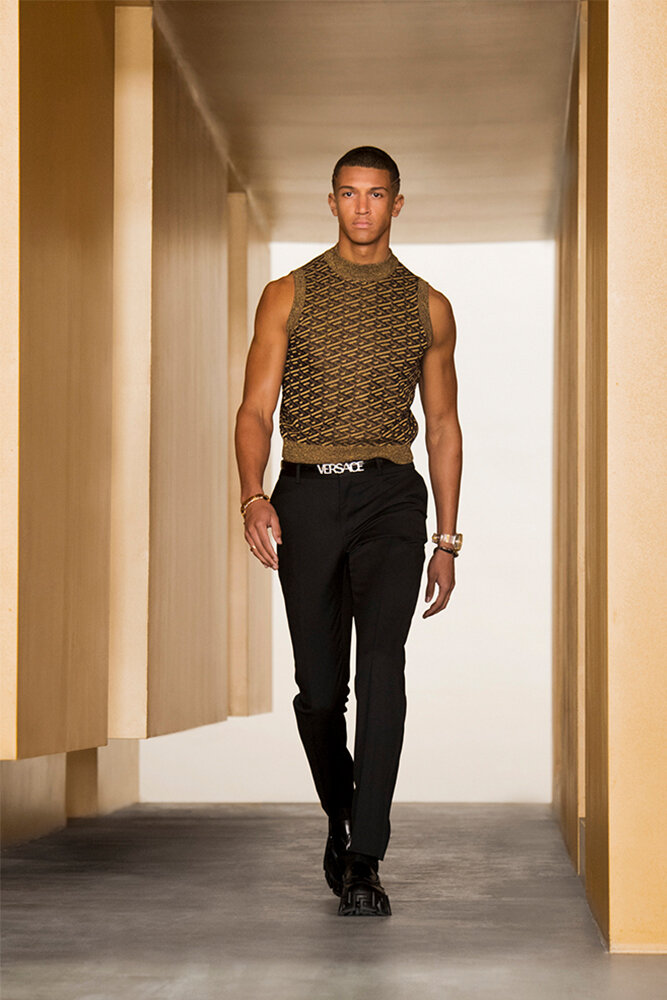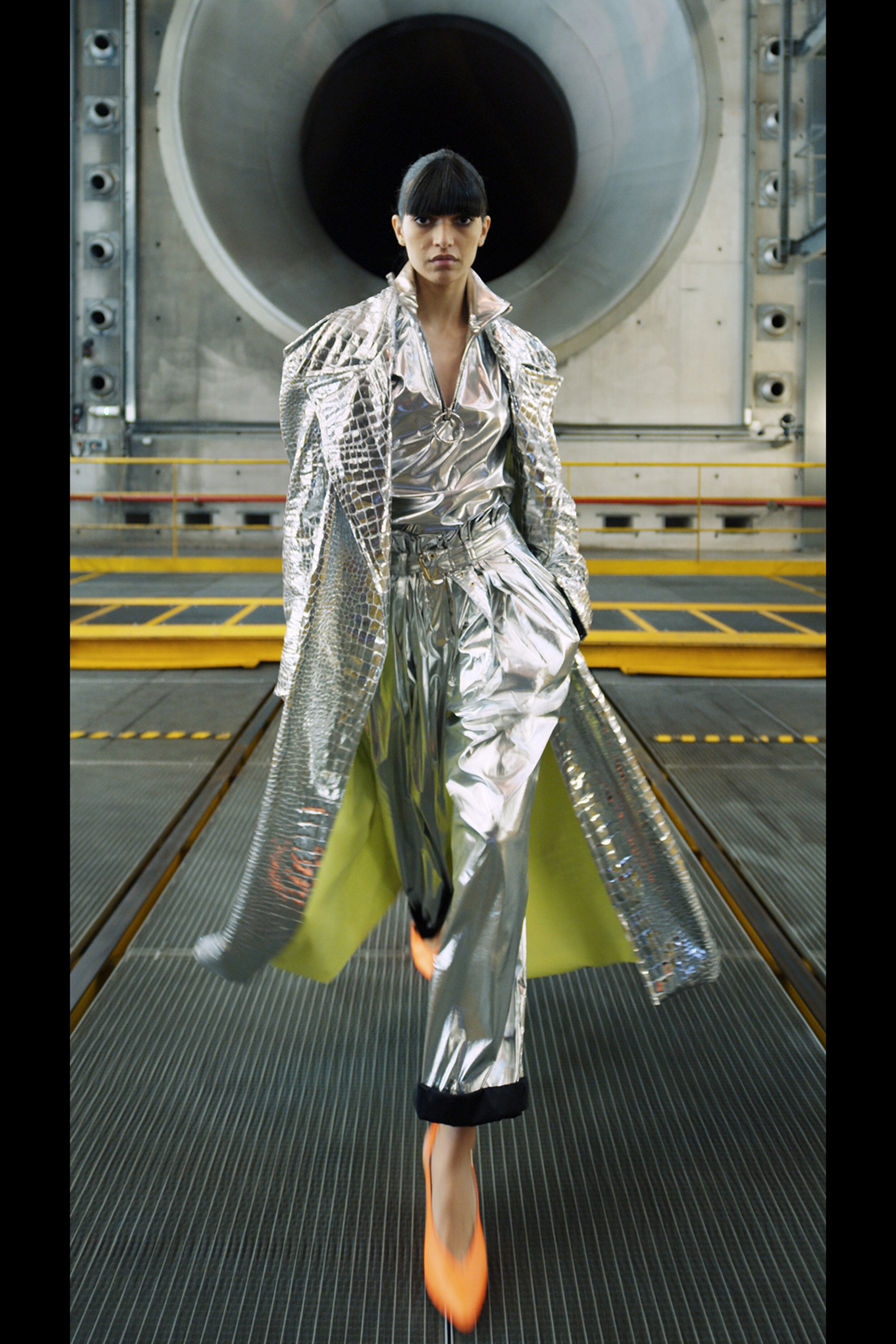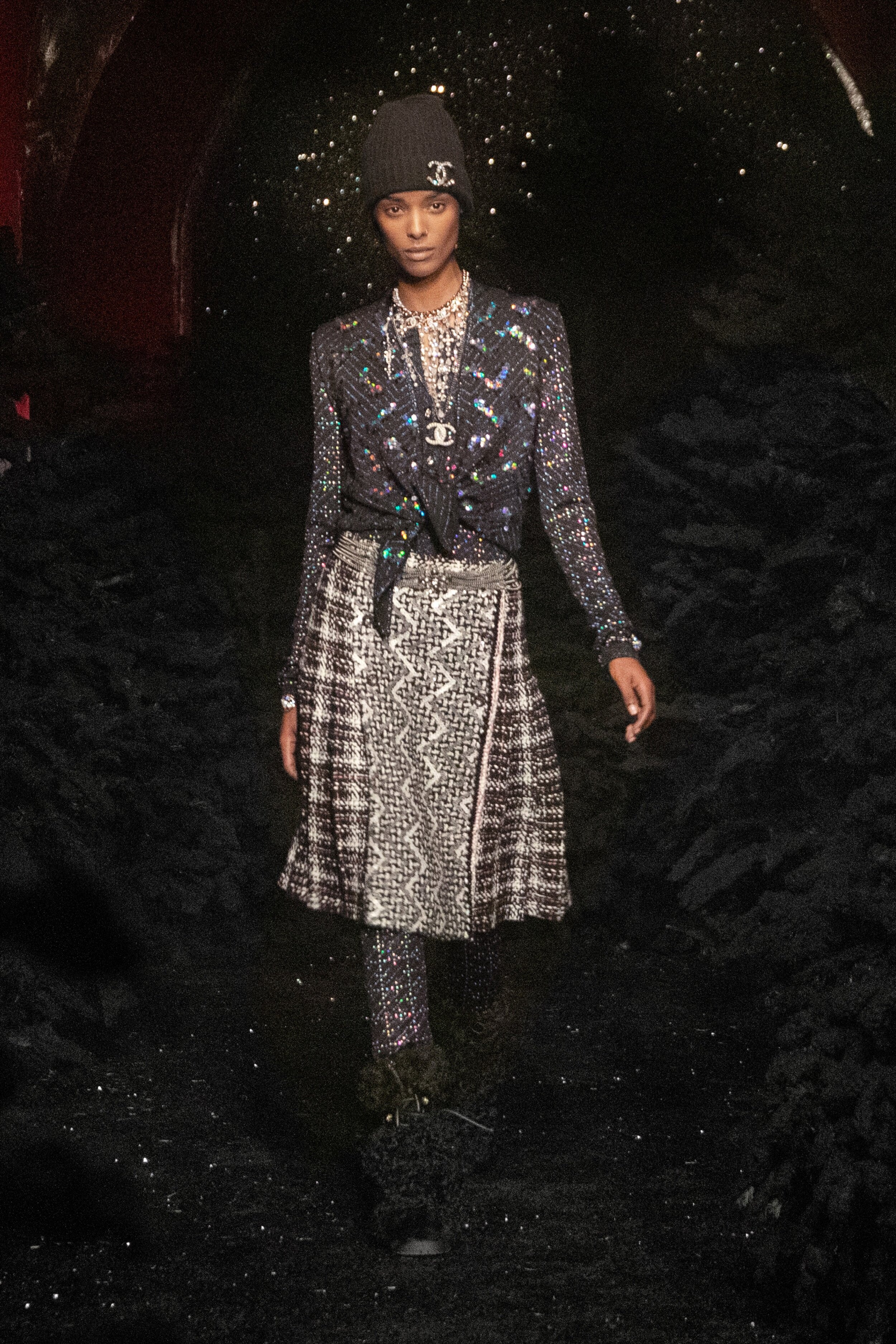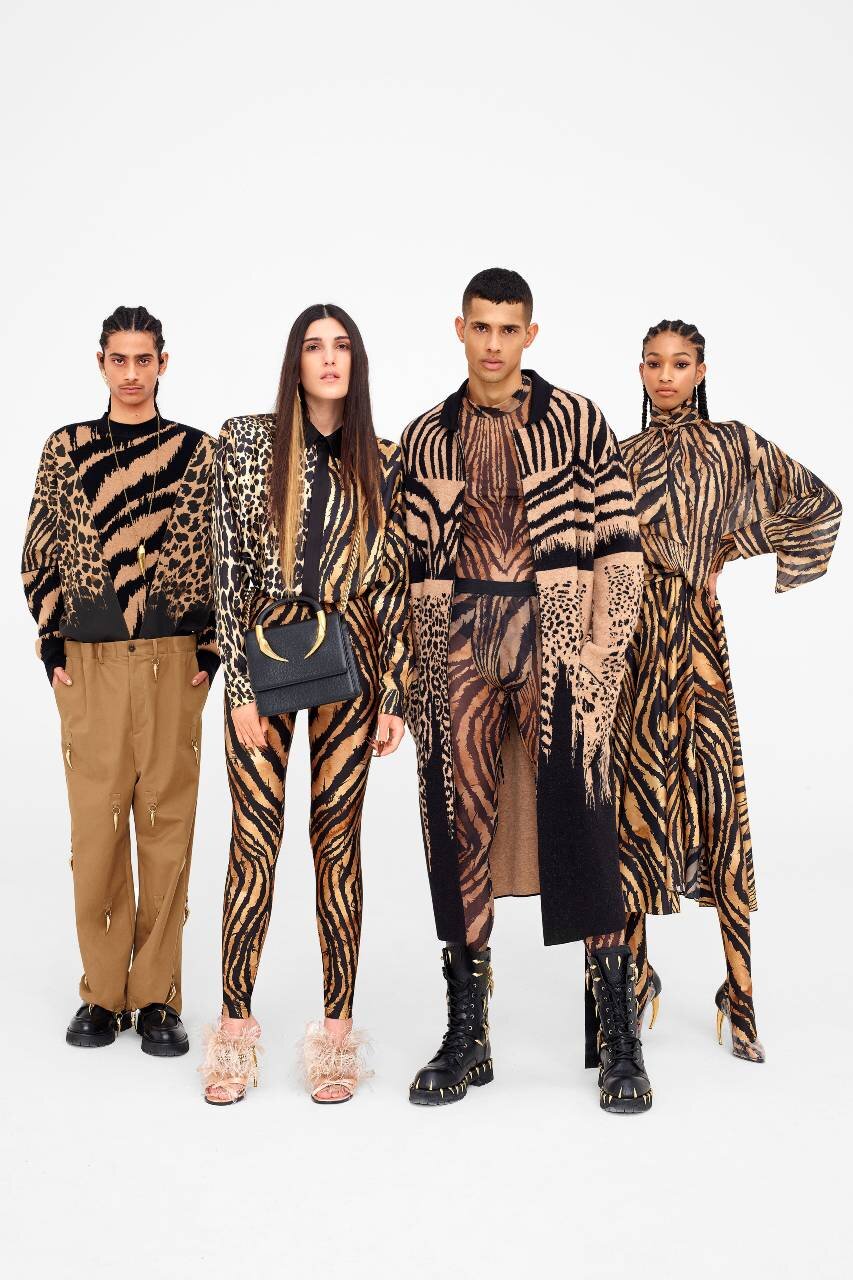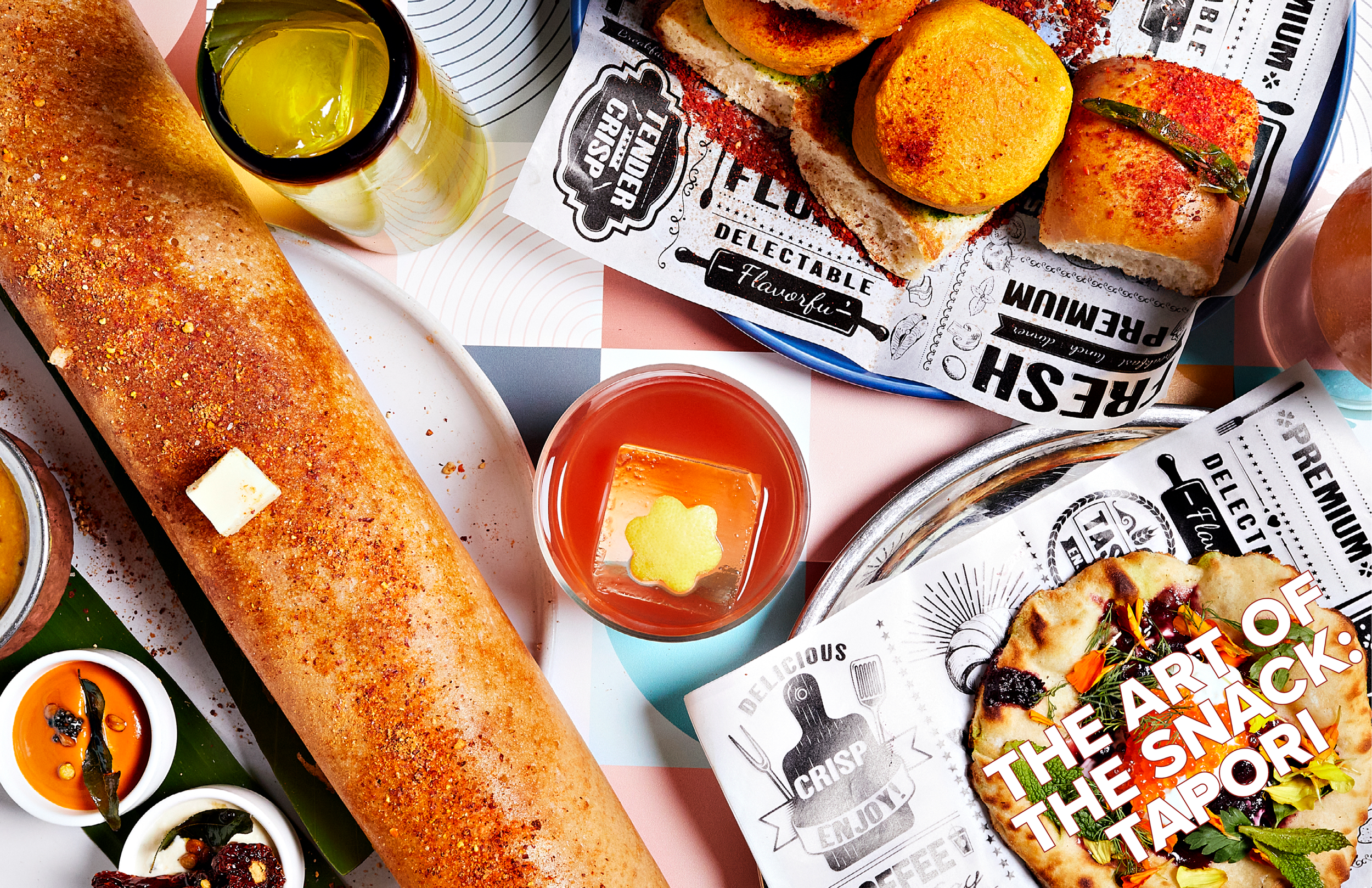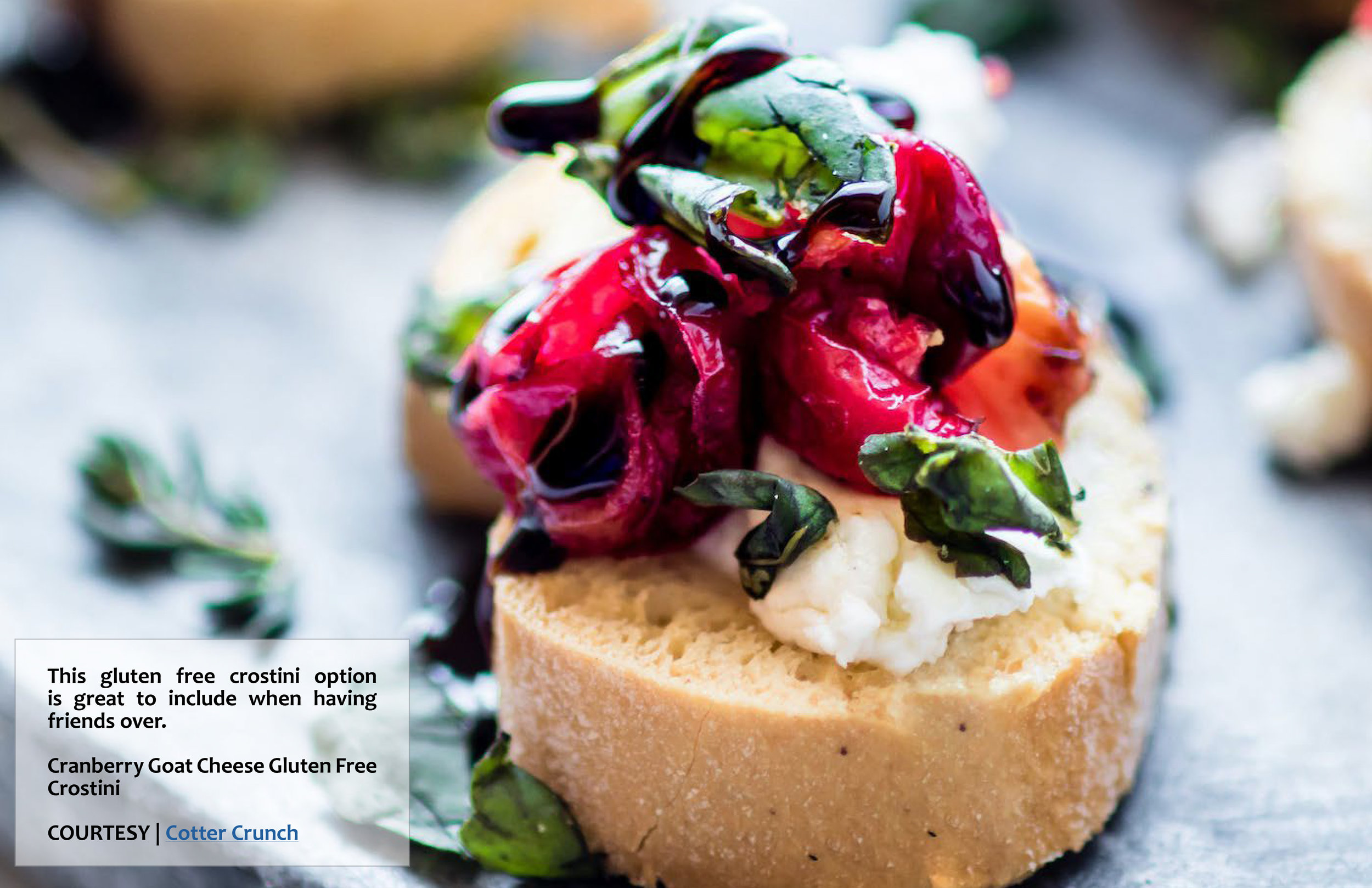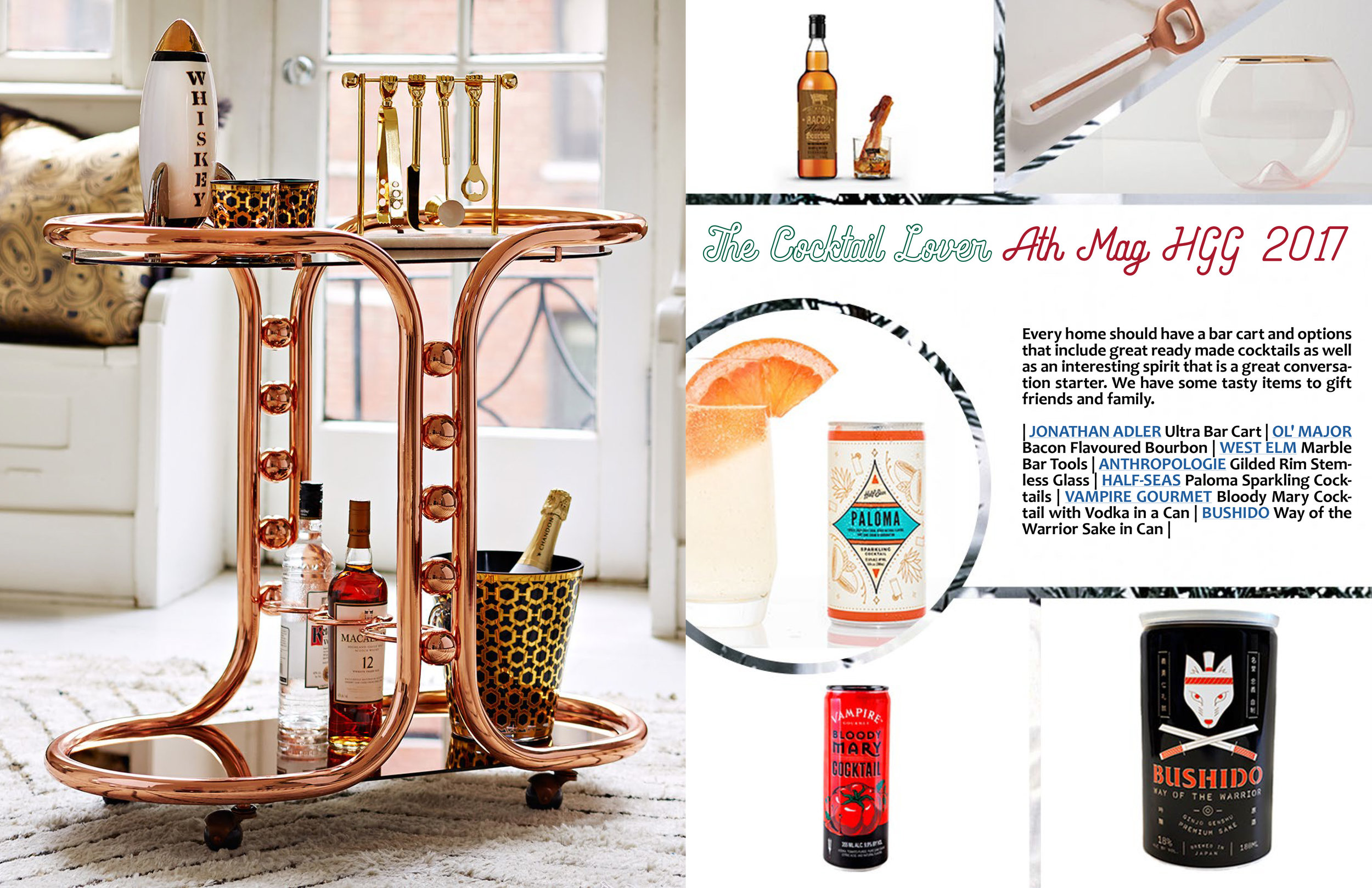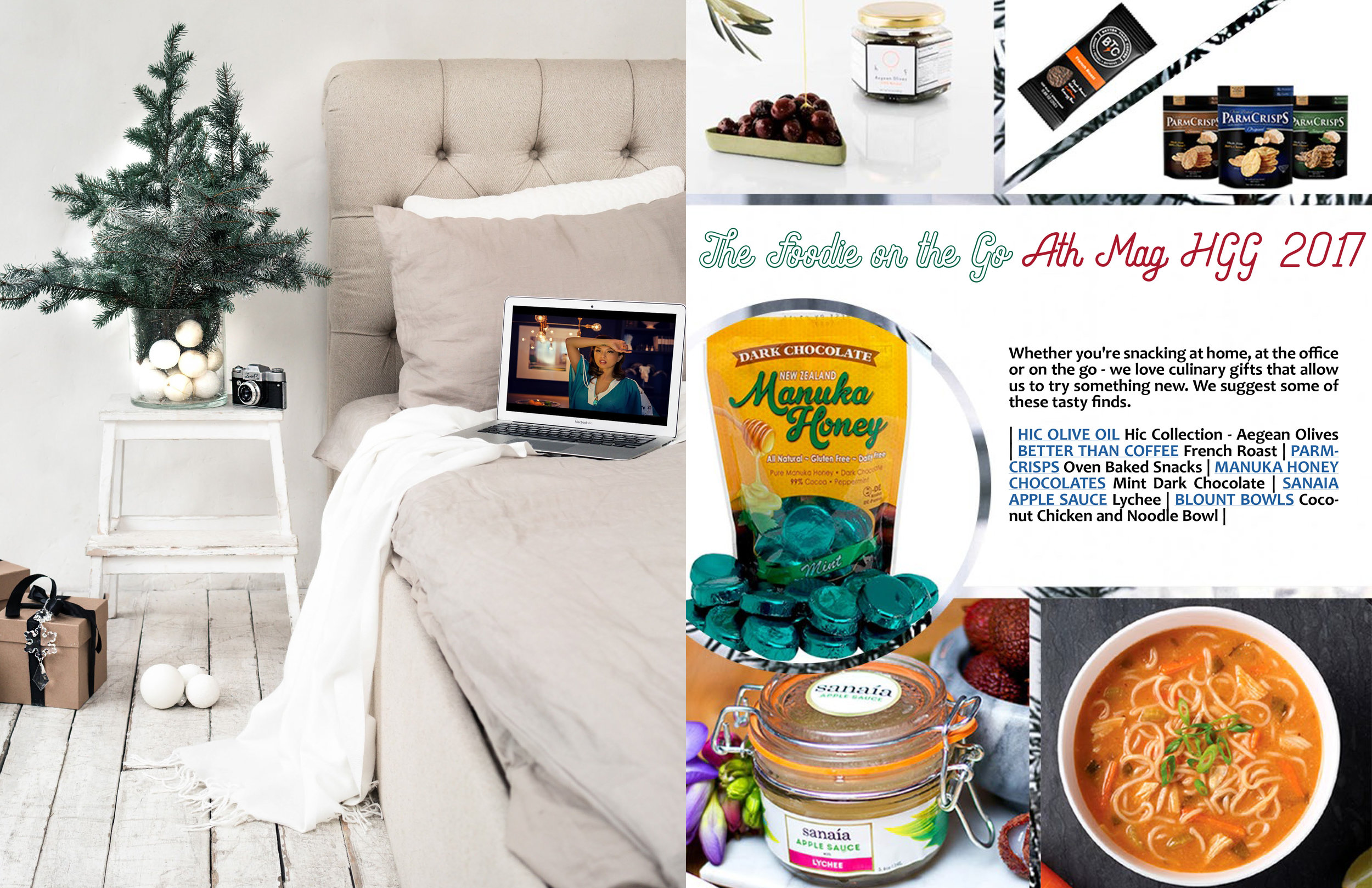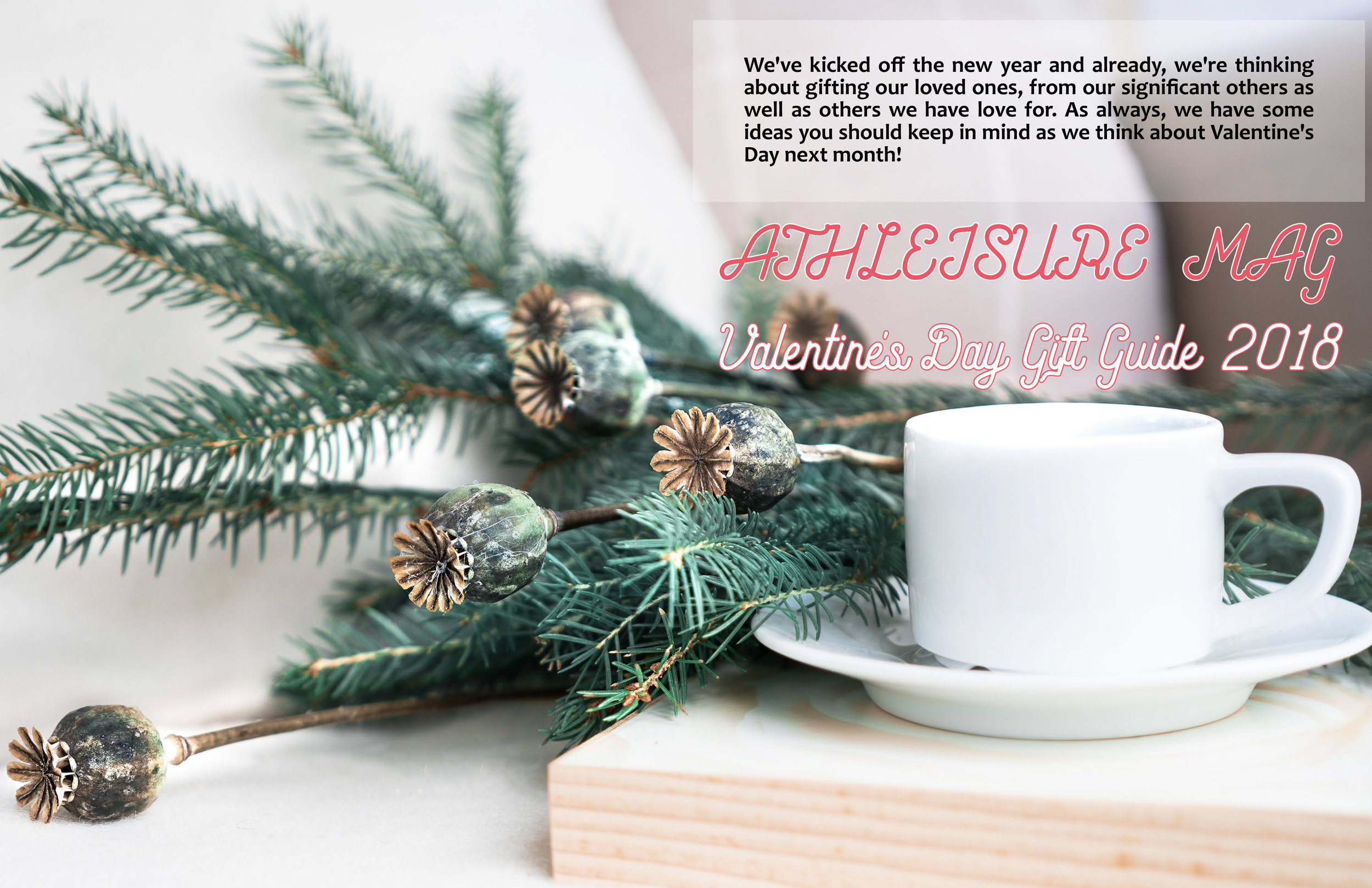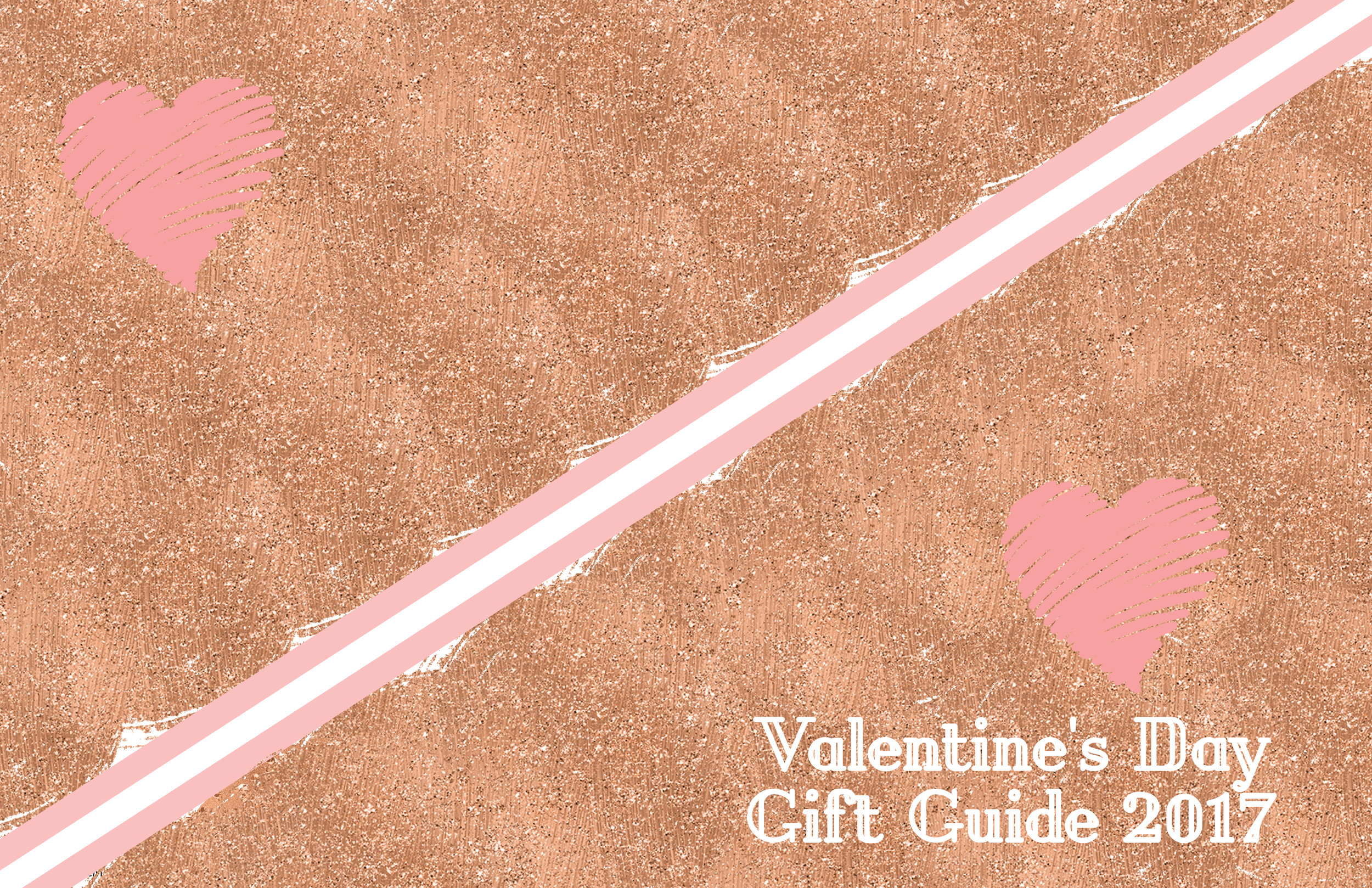We love a lifestyle cookbook and one that really takes what we do in the kitchen to other centers in our day to day. We talked with Melissa Coleman about her new cookbook, Minimalist Kitchen, hyggelig and how she solves problems as a maker.
ATHLEISURE MAG: Tell us about your background and how you came from being a graphic designer, to a food blogger to now releasing your first cookbook as an author!
MELISSA COLEMAN: It’s my first book and maybe my only haha. I said before that I could not make a book unless it would pour out of me. I never thought that I would make a book until they called me and I was like yes! A little bit about my background, from the earliest days of my life, I have always been a maker. I like to make things and my medium has changed over the years, but I also came out loving food.
My mom would say that I would sit at the breakfast table and would ask what was for lunch or for dinner for the day. She would always say, “Well, Melissa eat to live – don’t live to eat and I am still living to eat." I love food! So, I painted in high school and then I studied graphic design and became a graphic designer.
About a year after becoming a graphic designer, I started my blog about 10 years ago as everyone had a blog. It was probably the second post that it turned into a food blog as it documented my recipes. I cooked a lot in high school as I liked to bake and I used to love watching Martha Stewart. It’s not a joke, but I used to workout to Martha Stewart!
AM: Wait what!?!
MC: Yeah! That was the early days when I was in college I used to record it. So, I would record her and then I got home from work, I would workout to Martha Stewart. So that’s where I learned to cook and bake in a lot of ways. I wanted to know how to do everything.
I like to make things and at my core, I am a creator. With food, I felt that as a designer, designers try to solve problems beautifully and with food, I needed recipes that were simple and wholesome and I tried a number of diets over the years. By the time I finished college, I landed on a whole foods diet. I like to eat whole foods and a vegetable forward meal. The vegetable forward part came into the blog later. As a designer who likes to solve problems, I created recipes of things that I wanted to eat.
AM: What is a Minimalist Kitchen?
MC: A minimalist kitchen is a paired down kitchen or a kitchen equipped with the essentials. Everything from the ingredients, to the cooking tools to the pantry – which is always the biggest trouble maker in the home as well as the techniques. I wanted to use efficient and even repetitive techniques. I didn’t want to reinvent the wheel as I cooked. I want to be really good at what I am doing especially at 5pm on a Tuesday at night. It’s pairing down to the very best things for the essentials.
AM: Is this throughout your lifestyle?
MC: I do. It’s funny, in the book I say, “Where minimalism starts and stops in your life, let it be”. Because, I found success in the kitchen by just getting rid – I mean I have kind of always been a reductionist. When I painted and you looked at my style at the end of my painting career, it was very minimal. Then you look at my graphic design style – I’m a reductionist who likes the essentials. I don’t like to do things for the sake of doing things. That naturally flowed over to my life and part of that as an adult, and it wasn’t true as a child – I wanted to be responsible for less and when I keep less around, I am responsible for that and it gives me time to do the things that I want to do or that brings me joy. It extends to my closet, I kind of have a uniform and my friends know that I wear the same thing all the time and we laugh about it and I don’t care!
I like to pay attention to my habits and partly because I have always had a designer brain and that’s partly because as a kid, I would get frustrated about things and I remember my dad looking at me one time saying, “Do you want me to take you to this person to help you fix it?” And I was like, “No I will fix it”. And that’s kind of how I go about life. When I looked at my drawers, I would look at my clothes that would stay folded most of the season, the jeans on the floor that I would wear every single day and that was happening in the kitchen too!
I would have one spatula that I would always use and so I started to pay attention to that stuff and I started to get rid of stuff that was just collecting stuff and taking up space.
AM: Your book reminds us of our interview with Meik Wiking about hygge.
MC: YES!
AM: And when thinking about that, it brings up notions of comfort and cozy things – how does this lifestyle and minimalism come together within this concept?
MC: Well minimalism can be seen as a stodgy, cold and austere word. But I don’t describe my approach as that. I say, that as a designer, I am a cozy minimalist. That’s kind of where hygge is – it brings the cozy in. Aesthetically, I try to bring visual warmth. Hygge is like the practical warmth. It’s sitting in front of the fire, playing a game and signing off from the rest of the world. It’s saying no to things or just being. Even for me, it’s a 2pm break in the afternoon because I need it and I am giving myself what I need and it goes back to responsibility. I wanted to be responsible for less so I deleted a lot of things that were in my life so I could do those things that I find most fulfilling. In those gaps and blank spaces, and there are plenty of those in our lives, which can be uncomfortable sometimes, we fill them with hygge moments. Just being, embracing the simplicity. Impotent is such a bad word but my fear is that I would become impotent of getting lost in the flicker of a flame or that I wouldn’t be able to taste the sweetness of an almond. That I would just overload my life with everything that I couldn’t see things for what they were.



